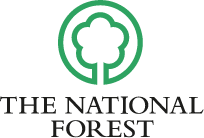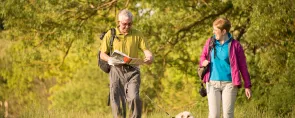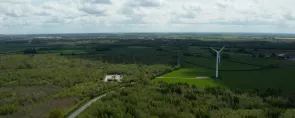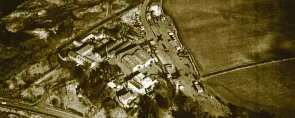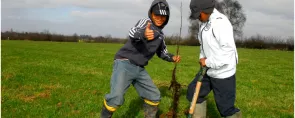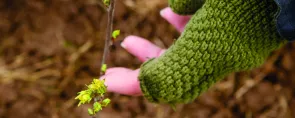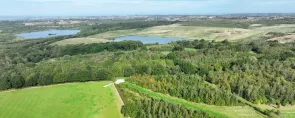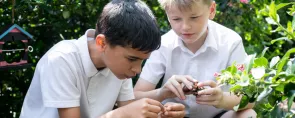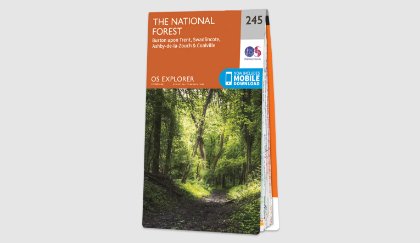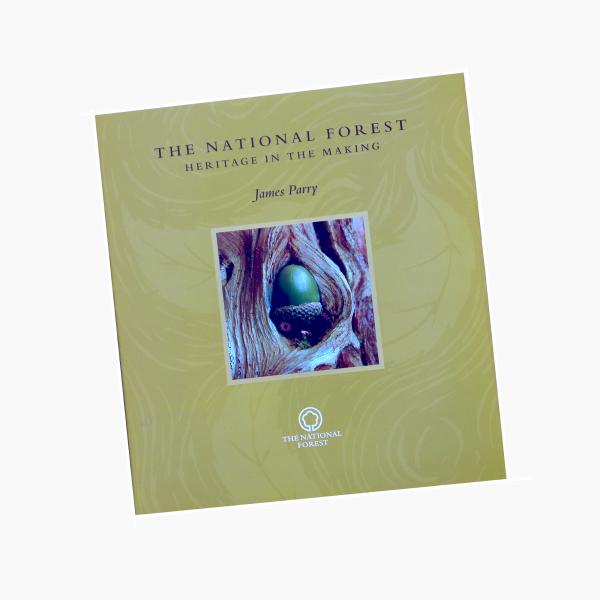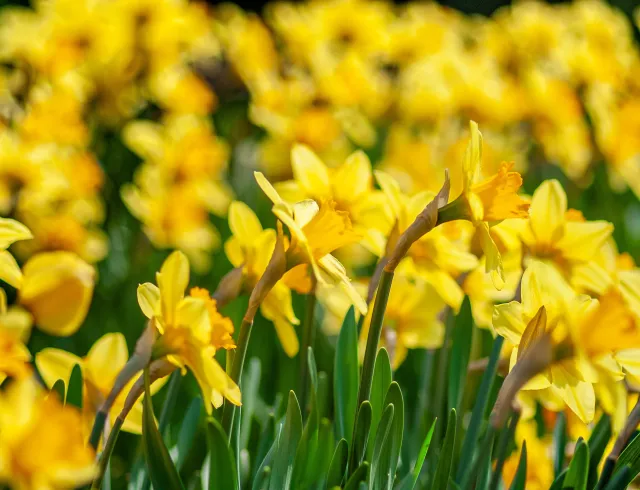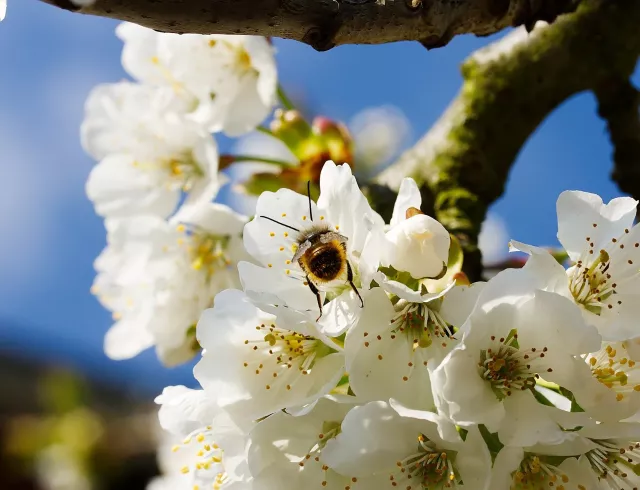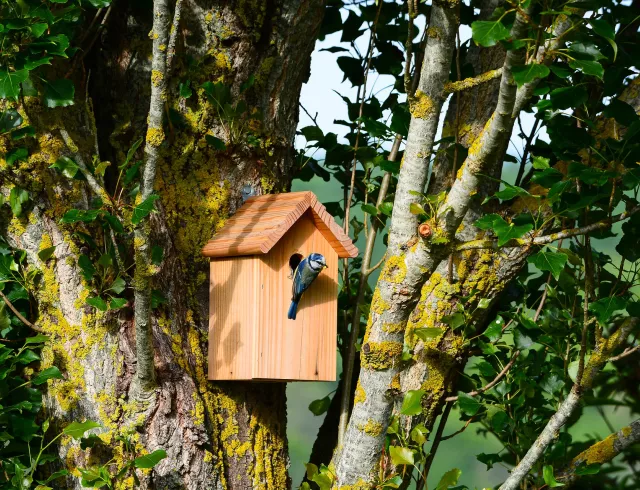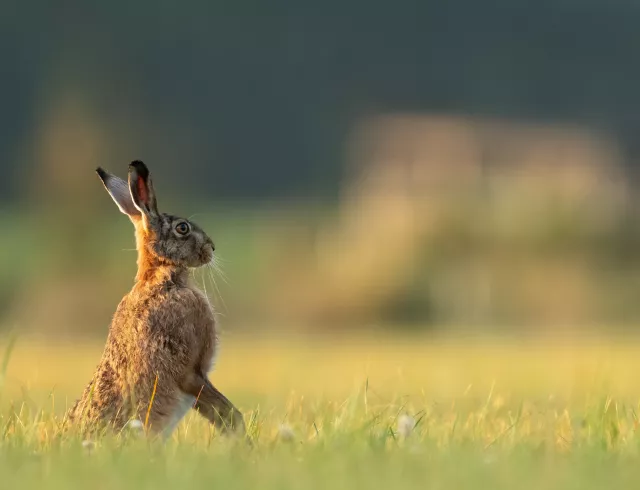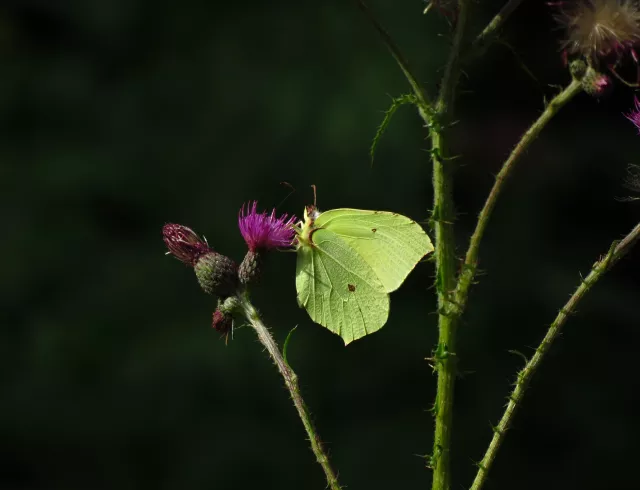As the evenings begin to get lighter and the cold winter days begin to fade away, it’s time to head outside and look out for nature's cues that spring is on the way. It’s the season we all look forward to, when the National Forest bursts into a riot of colour, the birds treat us with a morning melody, we hear the buzzing of bees and the first glimpse of a butterfly. Here is our guide on the signs to look out for when on your daily walks in the Forest, on your doorstep or in your gardens this spring.
25 Mar 2021
